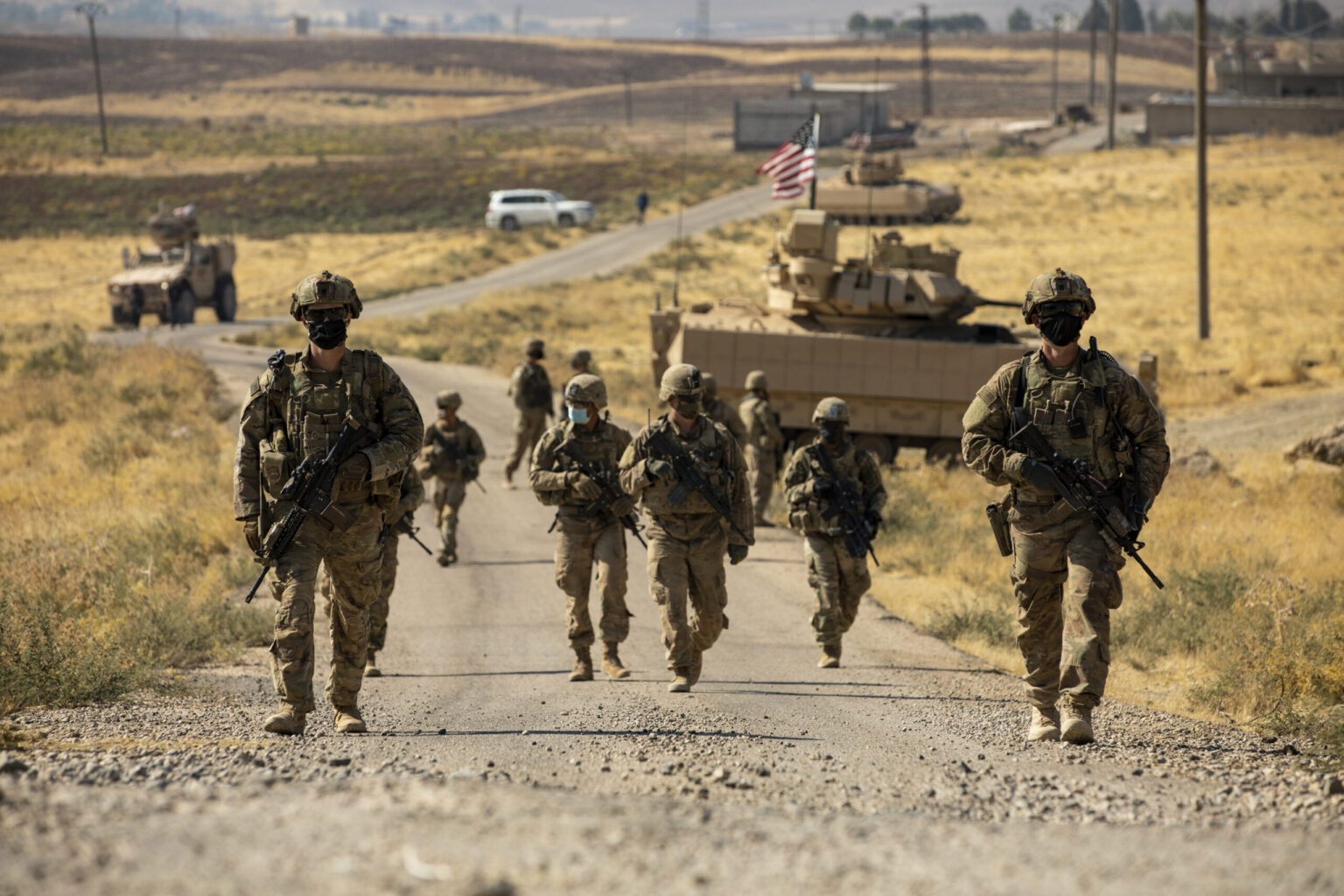As of late 2024, the complex and volatile situation in Syria has taken a more precarious turn with an escalation of U.S. military involvement. The United States has doubled its troop presence in the country from about 900 to approximately 2,000 soldiers, seeking to counter a resurgent ISIS amid the destabilization caused by the collapse of President Bashar al-Assad’s regime. The U.S. military aims to dismantle ISIS’s operational capabilities through extensive airstrikes and continuous ground support for local allies, particularly the Kurdish-led Syrian Democratic Forces (SDF). This military escalation is further complicated by the rise of tensions between Kurdish and Arab factions, which have created opportunities for ISIS to exploit weaknesses within the security framework that protected against its resurgence.
The ongoing unrest in Syria has contributed to a significant increase in ISIS activity, with nearly 700 incidents reported in 2024 alone. As the group capitalizes on the fragmented post-regime landscape, along with existing vulnerabilities, it has reinvigorated its recruitment and operational capacity. ISIS’s historical tactic of orchestrating prison breaks poses a heightened threat; mismanaged detention facilities, particularly those guarded by the SDF, create an environment conducive to their resurgence. The instability driven by a lack of cohesive political authority and the deep-rooted socio-economic divisions within Syria underscores the urgent need for sustained international efforts to mitigate the risks of terrorist revival and protect regional security.
Despite the rising threat of ISIS, the Pentagon maintains that the troop increase is part of a long-term strategy to counter terrorism in the region and not merely a reaction to recent developments. The commitment to bolstering military operations in Syria predates the fall of Assad’s regime and underscores an enduring resolve to prevent ISIS from regaining a foothold. In December 2024, CENTCOM carried out strikes targeting over 75 ISIS camps, utilizing advanced aerial assets without reporting civilian casualties. Such precision operations signal ongoing U.S. commitment to disrupting ISIS capabilities and preventing a resurgence amid a chaotic regional context.
General Michael Erik Kurilla, the CENTCOM commander, recently visited Syria and Iraq, marking a notable engagement of a senior U.S. military official following regime changes. His discussions with local leaders and U.S. troops focused on strategies to safeguard against ISIS exploitation of the regional volatility and enhance cooperation in countering terrorism. The U.S. is reinforcing its partnership with the SDF and Iraqi forces to maintain a formidable front against ISIS, highlighting the interdependence of U.S. foreign policy interests and regional stability. Meanwhile, considerations from the incoming administration regarding troop withdrawal have raised concerns about potential empowerment of ISIS and the threat to ongoing counter-terrorism operations.
While the military strategies unfold, minority groups in Syria, including Kurds, Christians, Druze, and Yazidis, remain vulnerable to violence and targeted attacks. The extremist elements within factions like the Syrian National Army (SNA)—some of which have connections to ISIS—pose significant risks to these communities. In contrast, groups such as Hayat Tahrir al-Sham (HTS) proclaim intentions to establish an inclusive governance model; however, their origins in jihadist movements cast substantial doubts on their credibility. This skepticism is compounded by the group’s willingness to negotiate hardline recruitment practices, which further jeopardizes the fragile security of minority populations in the region.
The dire implications of an ISIS resurgence are profound, not just for the immediate region but for global stability as well. The re-establishment of an ISIS caliphate would potentially herald widespread abuses against vulnerable populations and would seek to extend its influence beyond Syria into neighboring countries. The necessity for an effective and reliable international counter-terrorism policy remains paramount in addressing these challenges. The report by the Soufan Center advocates for focused operations against ISIS leadership to mitigate the group’s global impact and prevent it from regaining significant operational ground in the ongoing chaos of a fragmented Syria. Ensuring vigilance against ISIS’s re-emerging capabilities will require strategic planning and a sustained commitment from both localized forces and international coalitions.

